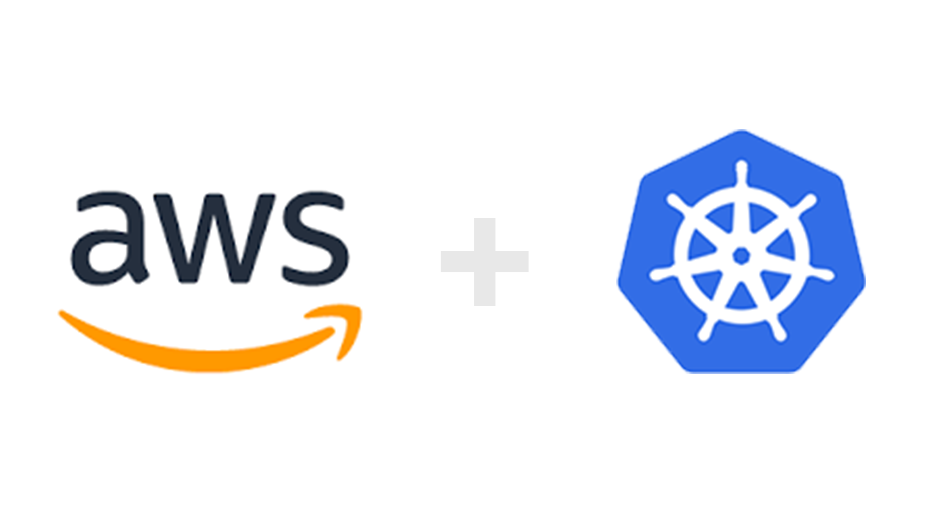AWS EKS has document on how to connect IAM and EKS , but the documentation is too generic, what should I do if I want to grant some user read only access across the cluster? what should I do if I want to grant full permissions on a specific namespace to some user ? there is no documentation for that, in this article I'm going to explain how to achieve this.

When an EKS cluster is created, the user who create the EKS cluster becomes the cluster administrator by default (the user is automatically granted system:masters permissions in the cluster's RBAC configuration), the problem with system:masters permissions is that this permission is too power full, user may not want to grant everyone this permission. we could grant grant specific permission to specific iam user by create Kubernetes RBAC resources and edit aws-auth configmap
grant read only access to someone across the cluster
- to grant permission across cluster level, ClusterRole and ClusterRoleBinding are needed, the ClusterRole will define the permission in EKS cluster, the ClusterRoleBinding will bind this ClusterRole to a specific group named
vipmind:cluster-read-only
apiVersion: rbac.authorization.k8s.io/v1
kind: ClusterRole
metadata:
annotations:
rbac.authorization.kubernetes.io/autoupdate: "true"
labels:
name: cluster-read-only
namespace: default
rules:
- apiGroups:
- ""
resources: ["*"]
verbs:
- get
- list
- watch
- apiGroups:
- extensions
resources: ["*"]
verbs:
- get
- list
- watch
- apiGroups:
- apps
resources: ["*"]
verbs:
- get
- list
- watch
---
apiVersion: rbac.authorization.k8s.io/v1
kind: ClusterRoleBinding
metadata:
name: cluster-read-only
roleRef:
apiGroup: rbac.authorization.k8s.io
kind: ClusterRole
name: cluster-read-only
subjects:
- apiGroup: rbac.authorization.k8s.io
kind: Group
name: vipmind:cluster-read-only
- next we could edit aws-auth configmap to map the permission to IAM user, like below, in the mapUsers section, the userarn could map to IAM user's arn, the groups value could be
vipmind:cluster-read-only, so that userivanlicould have read only access across the cluster, the actionivanlicould do is defined in ClusterRolecluster-read-only
apiVersion: v1
kind: ConfigMap
metadata:
name: aws-auth
namespace: kube-system
data:
mapRoles: |
- rolearn: arn:aws:iam::xxxxx:role/xxxx-eks-worker-nodes-stackxx
username: system:node:{{EC2PrivateDNSName}}
groups:
- system:bootstrappers
- system:nodes
mapUsers: |
- userarn: arn:aws:iam::xxxx:user/ivanli
username: ivanli
groups:
- vipmind:cluster-read-only
grant full permissions on a specific namespace to some user
- to grant permission in namespace level, Role and RoleBinding are needed, the Role will define the permission in namespace flow, the RoleBinding will bind this Role to a specific group named
vipmind:flow-admin
apiVersion: rbac.authorization.k8s.io/v1
kind: Role
metadata:
annotations:
rbac.authorization.kubernetes.io/autoupdate: "true"
labels:
name: flow-admin
namespace: flow
rules:
- apiGroups:
- "*"
resources:
- "*"
verbs:
- "*"
---
apiVersion: rbac.authorization.k8s.io/v1
kind: RoleBinding
metadata:
name: flow-admin
namespace: flow
roleRef:
apiGroup: rbac.authorization.k8s.io
kind: Role
name: flow-admin
subjects:
- apiGroup: rbac.authorization.k8s.io
kind: Group
name: vipmind:flow-admin
- next we could edit aws-auth configmap to map the permission to IAM user, like below, in the mapUsers section, the userarn could map to IAM user's arn, the groups value could be
vipmind:flow-admin, so that userivanlicould have full access in namespace flow, the actionivanlicould do is defined in Roleflow-admin
apiVersion: v1
kind: ConfigMap
metadata:
name: aws-auth
namespace: kube-system
data:
mapRoles: |
- rolearn: arn:aws:iam::xxxxx:role/xxxx-eks-worker-nodes-stackxx
username: system:node:{{EC2PrivateDNSName}}
groups:
- system:bootstrappers
- system:nodes
mapUsers: |
- userarn: arn:aws:iam::xxxx:user/ivanli
username: ivanli
groups:
- vipmind:cluster-read-only
- vipmind:flow-admin
Now the IAM user ivanli could have read only access across the whole EKS cluster and have full permission on namespace flow, with this type of config, the EKS administrator could manage the EKS permission in an efficient way.
